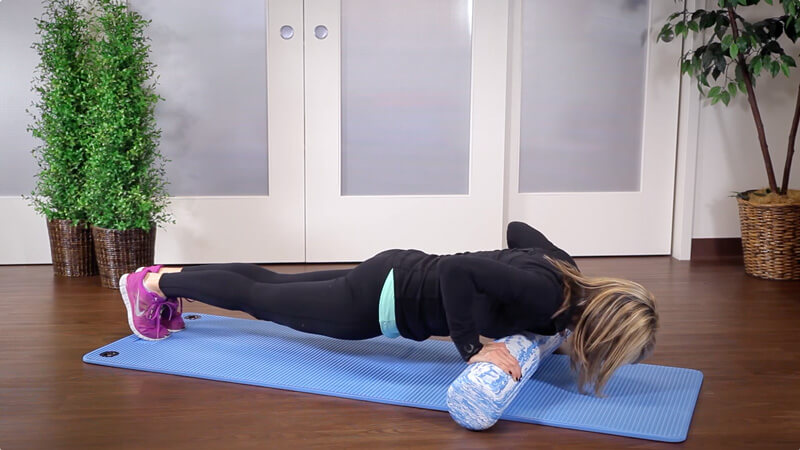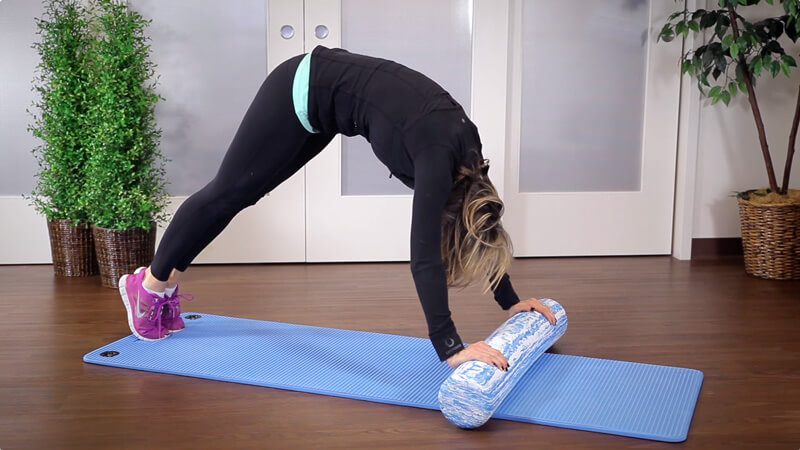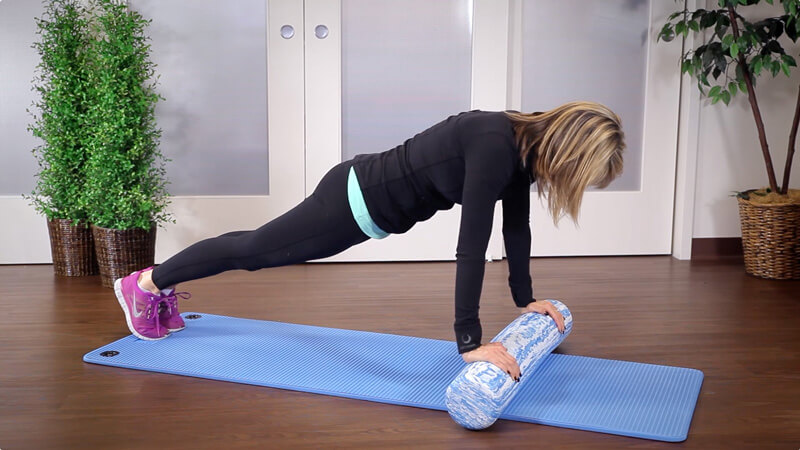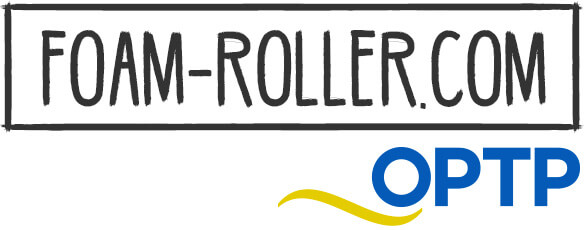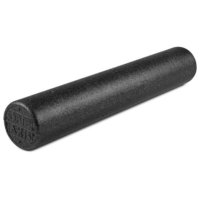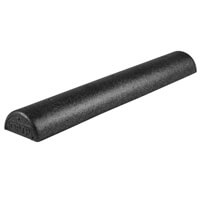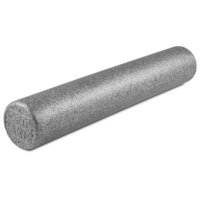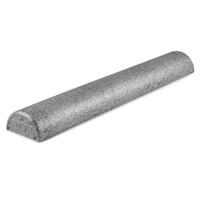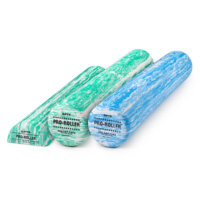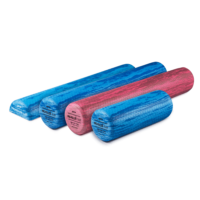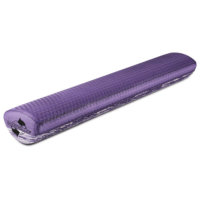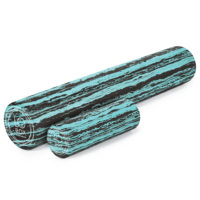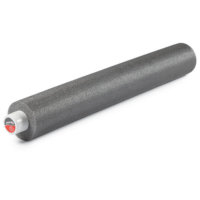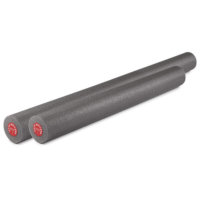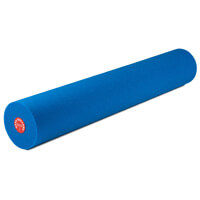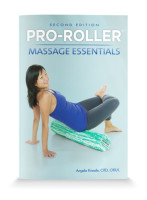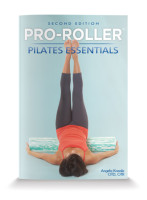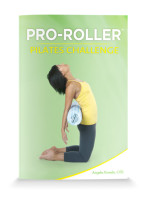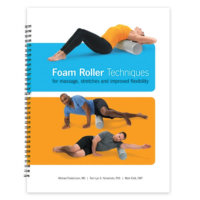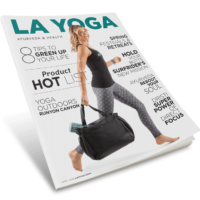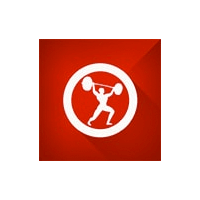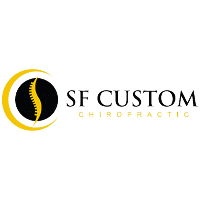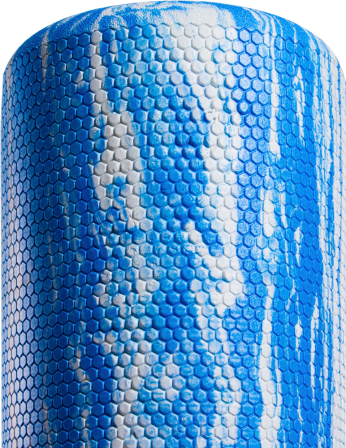

Foam rollers are exercise devices used for massage and fitness. While usually long and cylindrical, they come in many shapes, sizes and varying textures. When used for self-massage, they help soothe tight, sore areas (known as “trigger points”) and speed up muscle recovery. This process of rolling out tight muscles and relieving tension is also called myofascial release.
How do I use a foam roller?
While a first attempt at using a foam roller may feel a bit awkward, the technique becomes much more natural with a little practice. When using a foam roller to massage sore muscles and provide tension relief, it’s important to roll slowly and apply pressure directly to the target area. This video demonstrates the proper way to perform massage with a foam roller.
Why use a foam roller?
Healthcare professionals and trainers have long known about the foam roller’s myriad of benefits for physical therapy patients and elite athletes, but experts are just recently learning how valuable they can be for everyone else. Whether you’re looking to massage sore muscles or use the roller in an exercise routine, it can provide you with a number of health benefits.
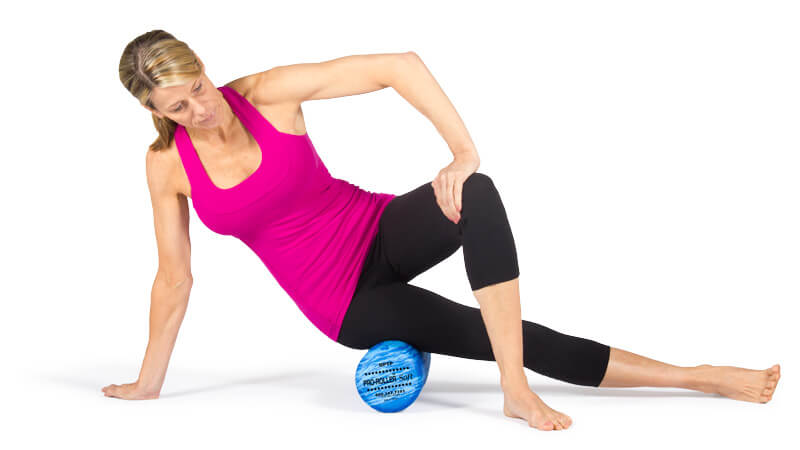
Massage
Using a foam roller for self-massage as seen in the video above is a great way to relieve tension and stress throughout the body. Rolling out sore areas helps break up fascia, the network of tissue that connects muscles, allowing you to be more flexible, increase range of motion and help your tight muscles recover from strenuous workouts. This process of myofascial release also speeds up muscle recovery so you can be fully ready for your next workout or competition in less time.
There are many different types of rollers for massage, and choosing one depends on your preference for massage intensity and individual needs. See more on the types of foam rollers.

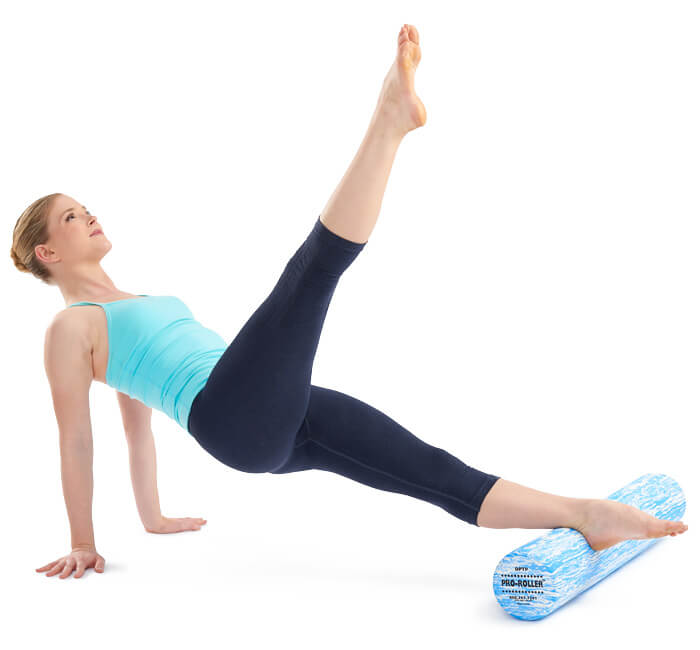
Exercise
Foam rollers can also be used in a variety of exercise programs. Some of the most common uses involve Pilates and yoga routines. In these programs, the roller can be used to create an instability that challenges the core, promoting strength and balance. Other movements use the roller in ways that increase flexibility and range of motion, such as stretching and bending exercises.
To get an idea of how the foam roller is used in exercise, check out these exercise examples.
Types of Foam Rollers
Foam rollers come in many shapes, sizes and textures. One of the most important aspects of choosing a foam roller is the density, or firmness. This determines how the roller will feel during use. As a general rule, the harder (higher density) foam rollers will provide a deeper, more intense massage. Softer rollers will provide a gentler massage. For basic massage and exercise use, it’s easiest to categorize foam rollers into the following groups:

Standard Density
These rollers have a medium firmness. Their universal quality makes them ideal for both self-massage and exercise. They provide just enough hardness for deep massage while still having moderate cushion. Their medium density also serves nicely as stable props for use in Pilates and yoga routines. The OPTP PRO-ROLLER® Standard is a prototypical example of this type of roller.

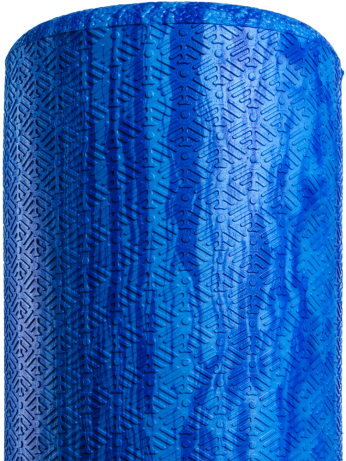

Soft Density
Soft density foam rollers have more “give” or cushion to them. They are designed for those who are looking for more comfort as opposed to the deeper massage of firm and standard rollers. The soft density produces a massage that is gentler on the muscles yet the roller still maintains its form, even after repeated heavy use. See the OPTP PRO-ROLLER® Soft as an example of a durable but soft foam roller.
Firm Density
For those looking for a deeper, more intense massage, firm density foam rollers are the answer. Athletes and highly active individuals often have tight, tense muscles that can benefit from the penetrating nature of these rollers. Their intense myofascial release breaks up constricted fascia and promotes muscle recovery. The Black AXIS® Firm roller from OPTP is regarded by many as an excellent all-purpose firm density roller.
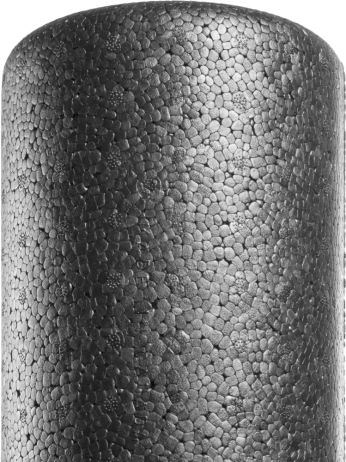
Specialized Use
The majority of foam rollers are long and cylindrical, typically about three feet in length and six inches in diameter. But many specialized rollers also exist that vary greatly in size and shape.
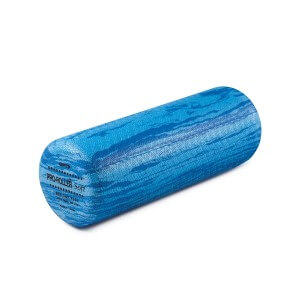
Smaller Length
Some foam rollers are shorter, making massage on smaller areas of the body easier. These compact, portable rollers are often admired by runners and cyclists for use on tight calves and hamstrings.
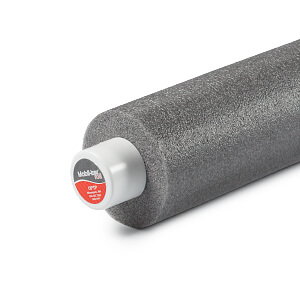
Smaller Diameter
Other rollers have a smaller diameter, causing them to be lower to the floor and more stable; often important for physical therapy patients or aging users.
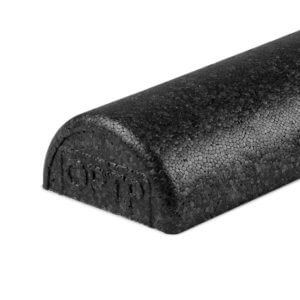
Unique Shape
Some foam rollers also have varying shapes or edges that create added instability during exercise. They are perfect for building upon the key tenets of Pilates and yoga; balance, core strength and body awareness.
Exercises
Foam rollers can be used for many types of massage and fitness exercises, and the uses depend on your interests and specific goals. From calf and hamstring massage for runners to core strength development in Pilates and yoga, the possibilities for movement are nearly endless. Below are a few examples of common exercises for different areas of focus.
Pilates: Toe Taps
Great exercise to integrate the core and lower body as well as challenging balance.
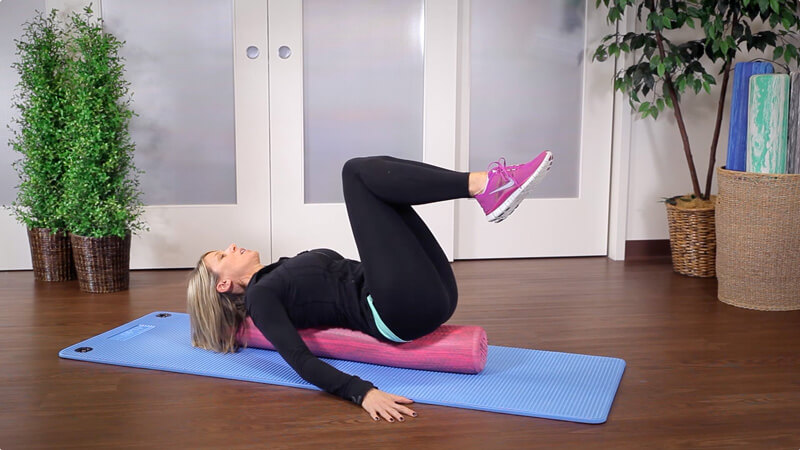
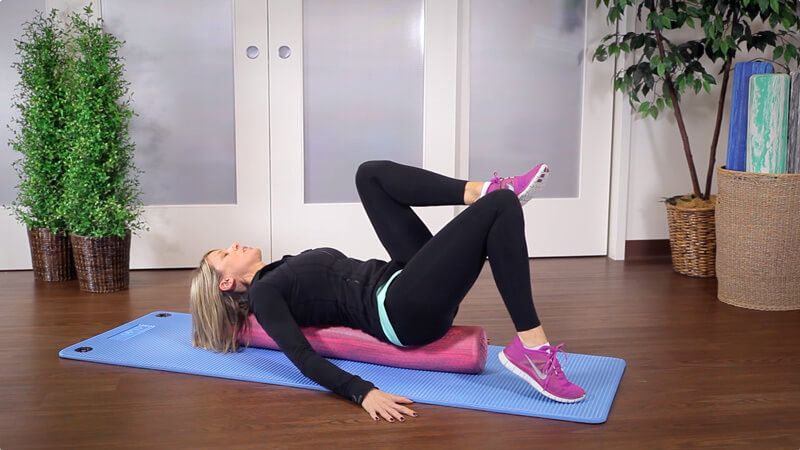
Running: Quadriceps Massage
Rolling out tight quadriceps can help prevent discomfort as a result of distance running.
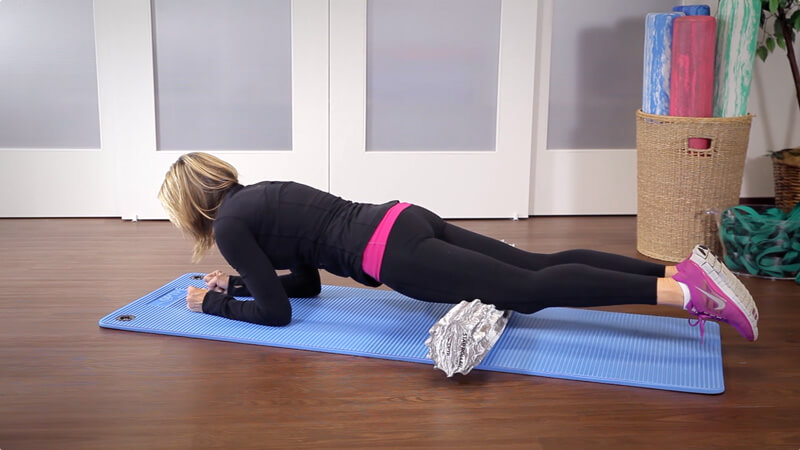
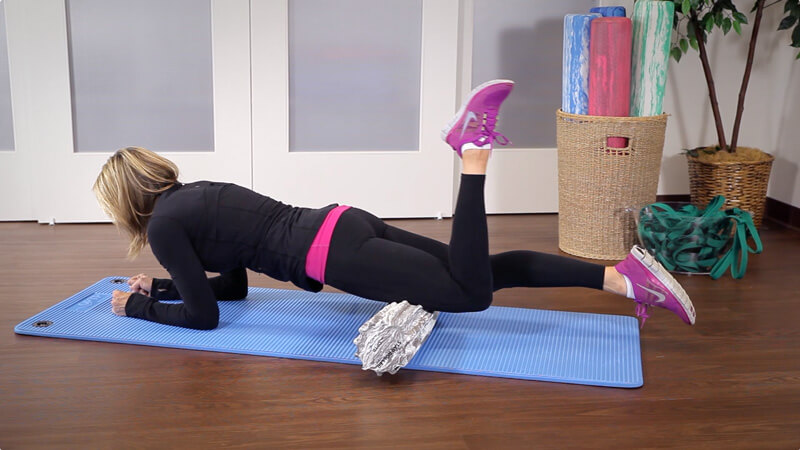
Training & Conditioning: Push-Up Combo
Challenge upper body and core strength while performing this variation of a classic exercise.
